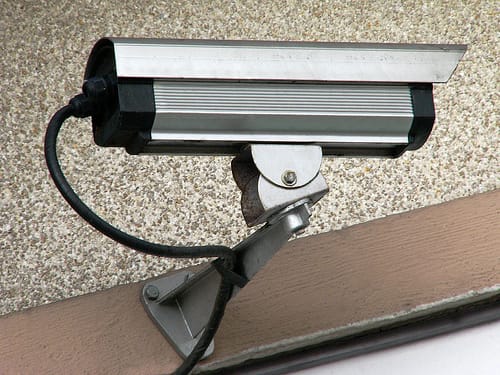Photo by Frederic Bisson
Way back in 1989, James Q. Wilson defined “coping organizations” as those in which managers can neither observe the activities of frontline workers nor measure their results. Police departments were perfect examples, as supervisors could not watch cops on patrol or easily gauge their crime-fighting effectiveness. As a result, agencies had to enforce rigid policies and procedures as the only way to manage their staff.
Then, in the 1990s, New York City introduced CompStat, and this equation changed forever. The NYPD compiled and continuously updated reams of crime data, which were used to identify hot spots and problem areas. In weekly meetings, precinct commanders were held accountable for quickly addressing crime spikes in their jurisdictions. Suddenly “management by results” became possible—not just in the Big Apple, but in police departments nationwide.
But something else also happened in the ’90s: Video cameras were installed in thousands of patrol cars all across the country. The rationale was simple: People who got pulled over could be told that they were under surveillance, making dangerous behavior during traffic stops less likely. Moreover, if cops knew that they, too, were being observed, they would be less likely to engage in brutality or unjust searches. Maybe their supervisors couldn’t ride along with them, but video cameras could serve as partial surrogates.
Wilson also pointed to schools as prime examples of coping organizations. “A school administrator,” he wrote, “cannot watch teachers teach (except through classroom visits that momentarily may change the teacher’s behavior) and cannot tell how much students have learned (except by standardized tests that do not clearly differentiate between what the teacher has imparted and what the student has acquired otherwise).”
As with police, education reformers have spent the last two decades trying to change these assumptions. On the “managing by results” side, there has been the big battle over the use of test data for accountability purposes (CompStat for schools), culminating in the fight over value-added measurement of teacher performance. Perhaps now we can finally “differentiate between what the teacher has imparted and what the student has acquired otherwise.” Yet even advocates acknowledge the imperfections of this approach. What if a teacher gets great results in student learning, but does it by “teaching to the test,” or, worse, cheating? What if she ignores important parts of the curriculum that aren’t easily assessed? Or, on the flip side, what if her value-added scores show lackluster student progress, but it’s due to factors completely outside her control?
Understandably, teachers and their unions don’t want test scores to count for everything; classroom observations are key, too. But, as Wilson pointed out two decades ago, planning a couple of visits from the principal is hardly sufficient. These visits may “change the teacher’s behavior,” thereby providing a skewed view of efficacy; furthermore, principals may not be the best judges of effective teaching. Some just aren’t much good at that.
So why not put video cameras in classrooms, and use the recordings as part of teachers’ evaluations?
That’s a question Tom Kane has been asking. Kane, an education and economics professor on leave from Harvard University, leads a massive initiative supported by the Bill & Melinda Gates Foundation that is developing new approaches to evaluating teachers, with high-definition, 360-degree cameras at the center. Three thousand teachers in six cities are participating; for doing so, they receive stipends and lots of feedback from experts.
“There are a number of huge advantages to video,” Kane told me. “One is it gives you a common piece of evidence to discuss with an instructional coach or supervisor. Second, it will prove to be economically much more viable because you’re not paying observers to drive around to various schools to do observations.” Furthermore, he contends, “If a teacher doesn’t think that their principal is giving them a fair evaluation because of some vendetta, they can have an external expert with no personal ax to grind watch and give feedback.”
The Gates project is focused on using video only for teacher
evaluation, not regular monitoring. Teachers are videotaped only four times a
year, not every day. But why not go further? “That right now for us is a bridge
too far,” said Kane. “When the camera rolls out of the room, teachers know it’s
rolled out of the room.” And in many places, including Washington, D.C.,
collective-bargaining agreements explicitly
restrict the use of “electronic monitoring equipment.”
But it feels like just a matter of time. Already one company—WatchMeGrow—sells Internet video-streaming services to child-care centers; parents can log on to their computers at work and watch little Johnny or Cassie all day long. (Cameras are placed in classrooms, on the playgrounds, and in other common areas.) It’s not hard to imagine these parents wanting the same opportunity once their kids graduate to kindergarten and beyond. And think about the possibilities for curbing school violence or guarding against child abuse.
Teachers may scream about infringements on their “professionalism,” but effective teachers will have little to fear. Already, their expectation of complete autonomy—that they close their doors and do what they want—has been undermined by standards, tests, and other reforms of the modern era. Why not watch teachers in action? Sooner or later, that little video camera, always on, will just fade into the background.
This piece appears (in a slightly different format) in the forthcoming issue of Education Next.
